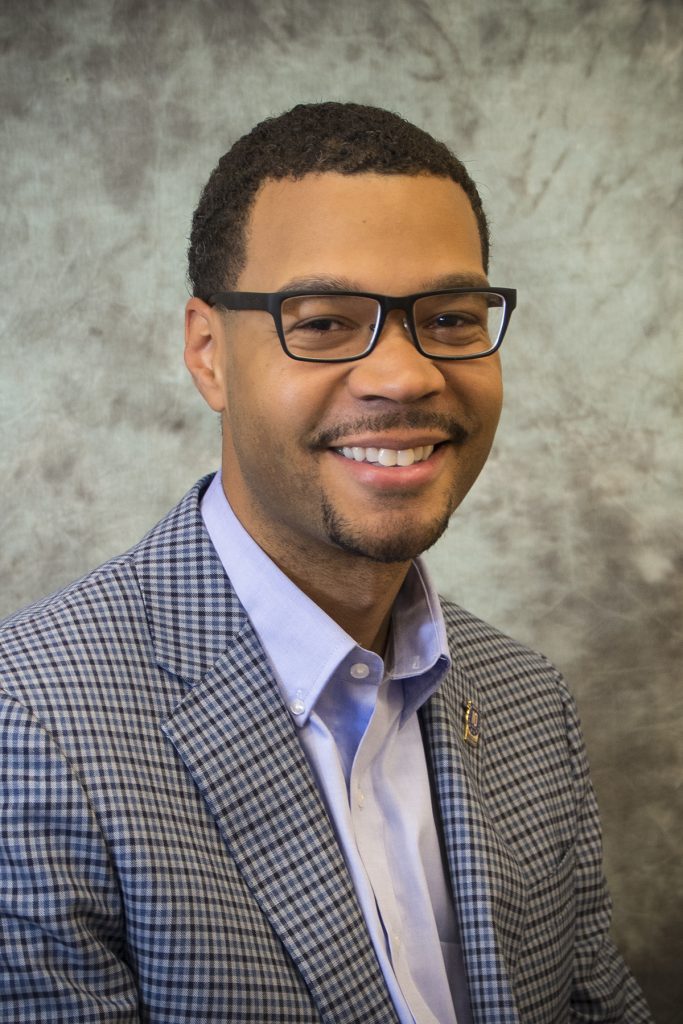I recently watched Hidden Figures, which is a movie set during the Civil Rights Movement and based on the true story of three African-American women, who were catalysts for breaking down color barriers at the National Aeronautics and Space Administration (NASA). The women bravely challenged NASA leadership to recognize them more for their work ethic, intelligence and diligence, than the color of their skin.
The hard work and dedication of the NASA African-American pioneers helped America evolve into a nation that strives to promote equality and opportunity for all people, regardless of race or gender. America is not perfect and never will be, but we are continuously striving to make progress in these areas.
As a director, I want all of my team members to feel valued, respected and provided with opportunities for advancement, based on the merits of their performance, rather than their gender or ethnicity.
However, when attempting to overcome prejudice, bias or discrimination in the workplace, it can sometimes be tempting to make comments or take actions that overcorrect the issue, which can lead to new challenges.
Throughout my life, I have heard some say they don’t see color. They explain they treat everyone the same; they are colorblind and don’t view people as black, white or any other ethnicity. They just view everyone as people because we are all the same on the inside.
I genuinely believe these comments are rooted in positive sentiments that aim to build bridges across ethnic communities. But, over the last few years, I have seen how divisive and polarizing the country can become when there is evidence of certain ethnic, religious or gender groups being mistreated or attacked, based on the previously mentioned attributes.
I caution leaders to be careful when dismissing various characteristics about their team members. We should not stereotype certain genders, ethnicities or ages, but instead, seek to embrace the unique value that each of these groups add to our teams.
The question of whether or not we see color isn’t nearly as important as how we see color. I see color, but I do not see it as a negative, as a defining characteristic or as a metric for evaluating ethnic superiority. My current team is a blend of men, women, African-Americans, Caucasians, Hispanics, young and seasoned professionals. Having this type of diversity within our team enables us to consider multiple perspectives on various issues and projects we are discussing.
Leaders must have the courage, cultural sensitivity and emotional intelligence to see various characteristics about their team members, without negatively discriminating against those individuals because of those characteristics.
As an African-American man, I will never fully understand what it is like to be a woman, to be Caucasian, Hispanic, etc. However, I am thankful that we live in a country where I can work alongside these individuals, and combine our experiences and perspectives in a way that enables us to appreciate the value each of us add to our organizations.
As America places an extra emphasis on highlighting the accomplishments of African-Americans throughout February, I hope you will join me in seeing color, seeing gender and seeing all of the beautiful differences that enhance our teams and empower us to achieve greater success in business.
Always remember, Leadership is a Lifestyle.
— Ryan W. Hirsch
Operations Director, NASBA Center for the Public Trust (CPT)
 NASBA Center For Public Trust
NASBA Center For Public Trust 
